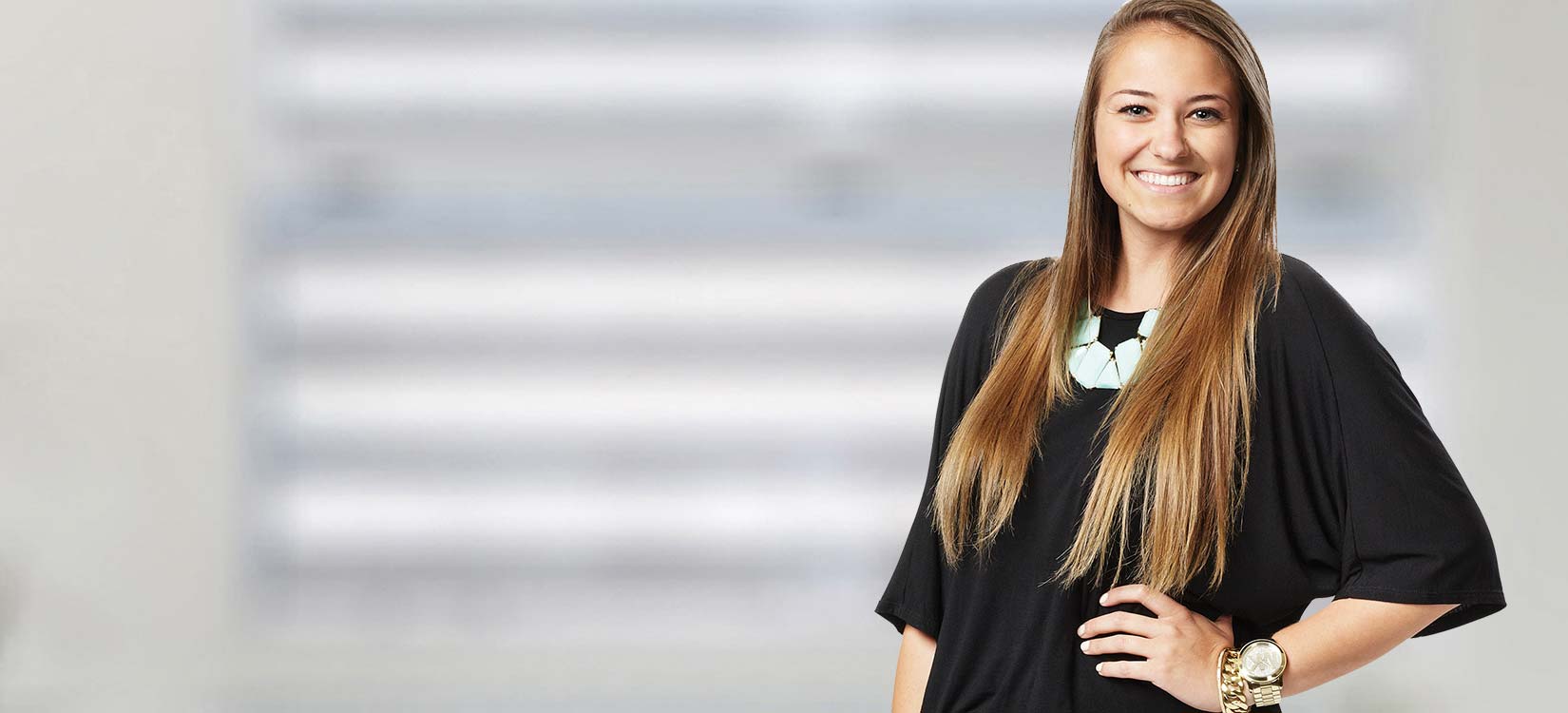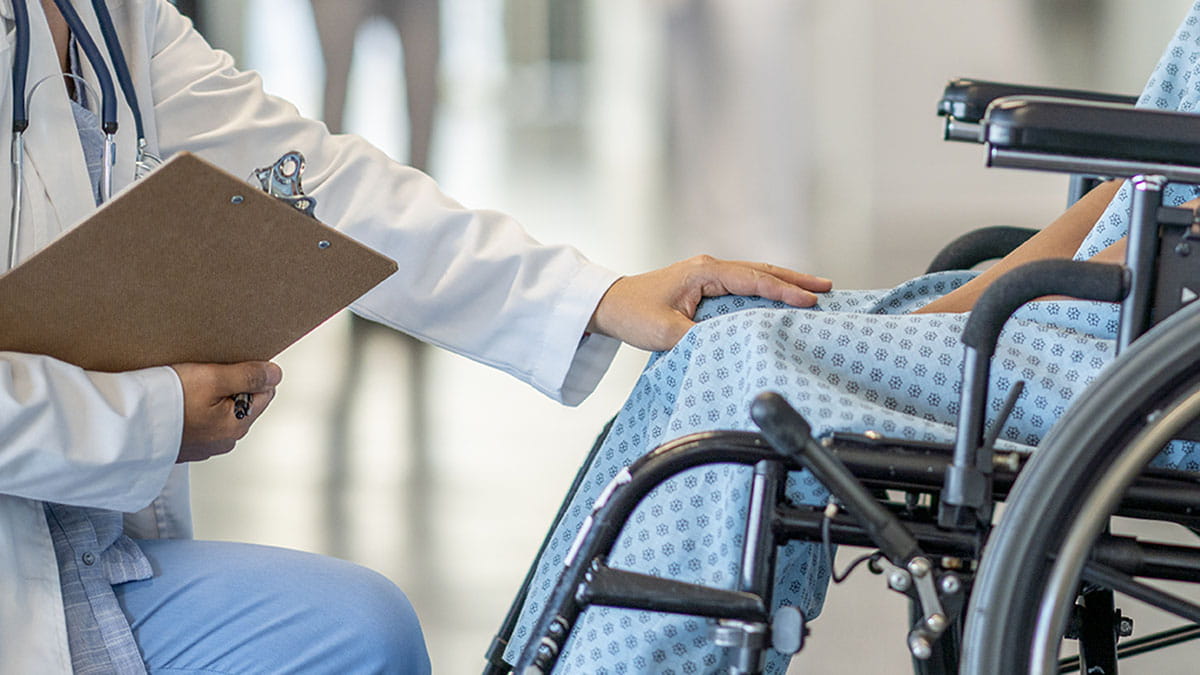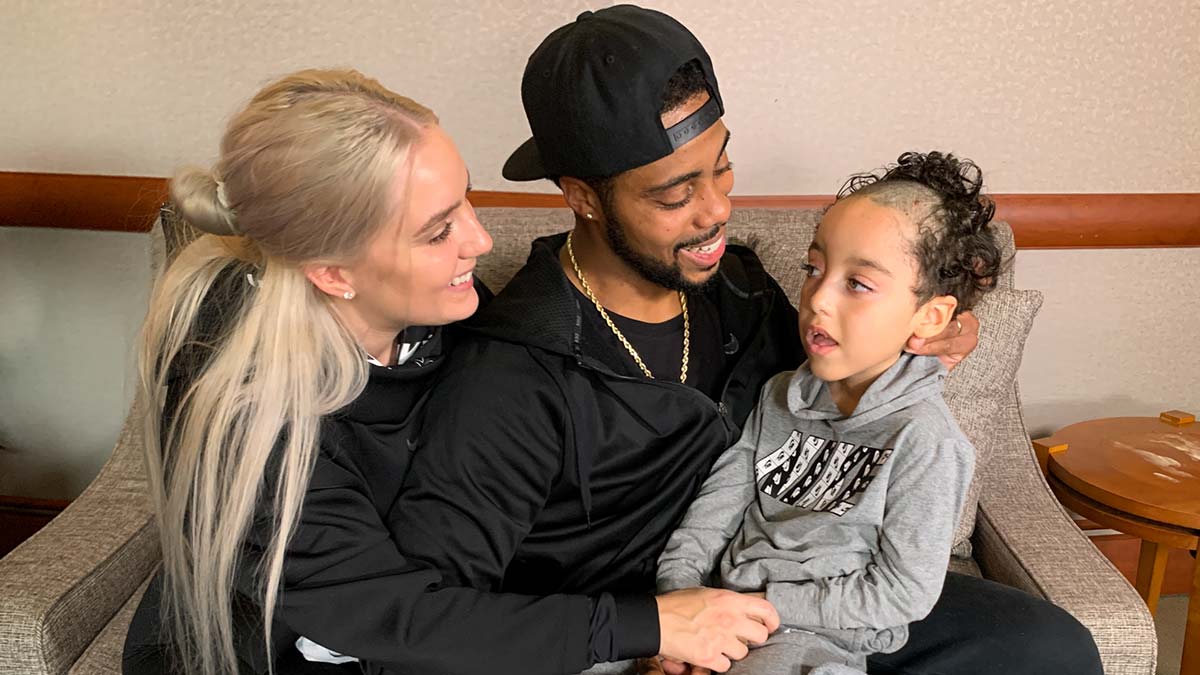Navigating the physical and emotional journey of scoliosis and spine surgery
 Amanda Miller and her family were aware of her scoliosis since the day she was born. Amanda was active in basketball and soccer, but would experience pain after a long period of activity. The family continued to monitor the progress of the abnormal curvature in her spine as she got older with annual check-ups with her doctor.
Amanda Miller and her family were aware of her scoliosis since the day she was born. Amanda was active in basketball and soccer, but would experience pain after a long period of activity. The family continued to monitor the progress of the abnormal curvature in her spine as she got older with annual check-ups with her doctor.
During a check-up, at the age of 16, Amanda was told that her idiopathic scoliosis would continue to worsen by one degree per year. The only way to correct the problem was through surgery.
"We were all kind of taken aback from that," says Amanda. "We were thinking that it had stopped or hadn't progressed."
In an effort to find an alternative to the suggested surgery, Amanda's father, Laurence, did extensive research, gathering binders full of information, and eventually found Safdar Khan, MD, at The Ohio State University Wexner Medical Center, along with his list of credentials.
"When I went in for my appointment with Dr. Khan, it was obviously still a very emotional time. I started to cry and he would stop and let me collect myself before continuing to talk more about the surgery," says Amanda. "That calmed my nerves and let me know that he was there to help."
"Along the way he was very supportive," says Amanda. "When I was in the hospital right before going into surgery, I started to cry, and he happened to be there to talk me through it. His overall support and kind words were really, really helpful."
Amanda's advice to others considering spine surgery: "If you realize that your spine is getting worse, just go see what you can do to get it fixed. Don’t wait and don't hesitate."




